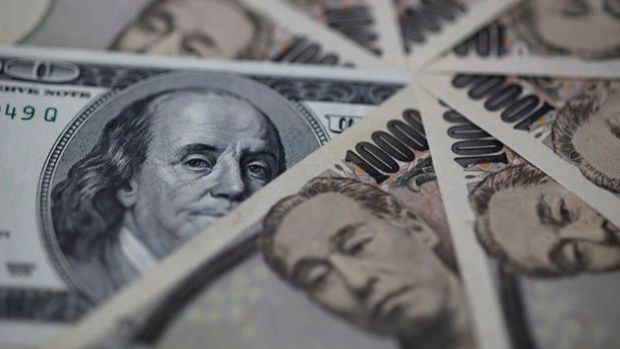Suspicions of intervention in New York are increasing
The yen has sparked concerns about intervention after a 34-year U-turn from its 1990 low. The yen has rebounded from its weakest level against the dollar amid speculation the Japanese government is intervening to support the currency for the first time since 2022. The yen swung wildly in trade weakened by a holiday in Japan, gaining more than 2% on Monday after earlier falling 1.2% to 160.17 per dollar. That is its widest trading range since late 2022. Analysts suggested the size and speed of the jump suggested intervention, but Japan’s top foreign exchange official Masato Kanda declined to comment, leaving investors to speculate. Citing people familiar with the matter, Dow Jones reported that authorities had stepped in to buy yen. “This move has all the hallmarks of a genuine BOJ intervention, and what better time to do it,” said Tony Sycamore, a market analyst at IG Australia in Sydney. “In Japan, a public holiday means “lower liquidity in dollar-yen terms and more value for money for the BOJ.” Whether the government is involved or not, when the yen falls, it’s clear the market is nervous about the potential for intervention. The currency has been further pressured by expectations of shifting interest rates in the U.S., which has strengthened the dollar by reversing expectations of easing. That could increase if Fed Chair Jerome Powell turns hawkish after Wednesday’s policy-setting meeting. “Today’s price action suggests this is likely to be genuine foreign exchange intervention,” Nomura strategists Yujiro Goto, Yusuke Miyairi and Jin Moteki wrote on Monday. The yen has lost about 10% against the dollar this year and was near its lowest level since 1986 before Monday’s rebound. Authorities have repeatedly warned that the depreciation will not be tolerated if it goes too fast, with Finance Minister Shunichi Suzuki saying last week that he was concerned about the impact of the yen's decline on inflation.


